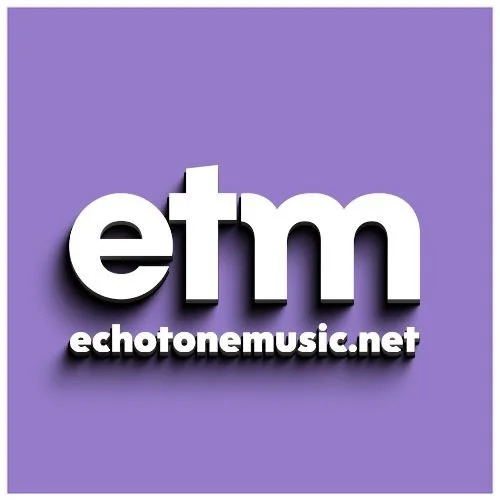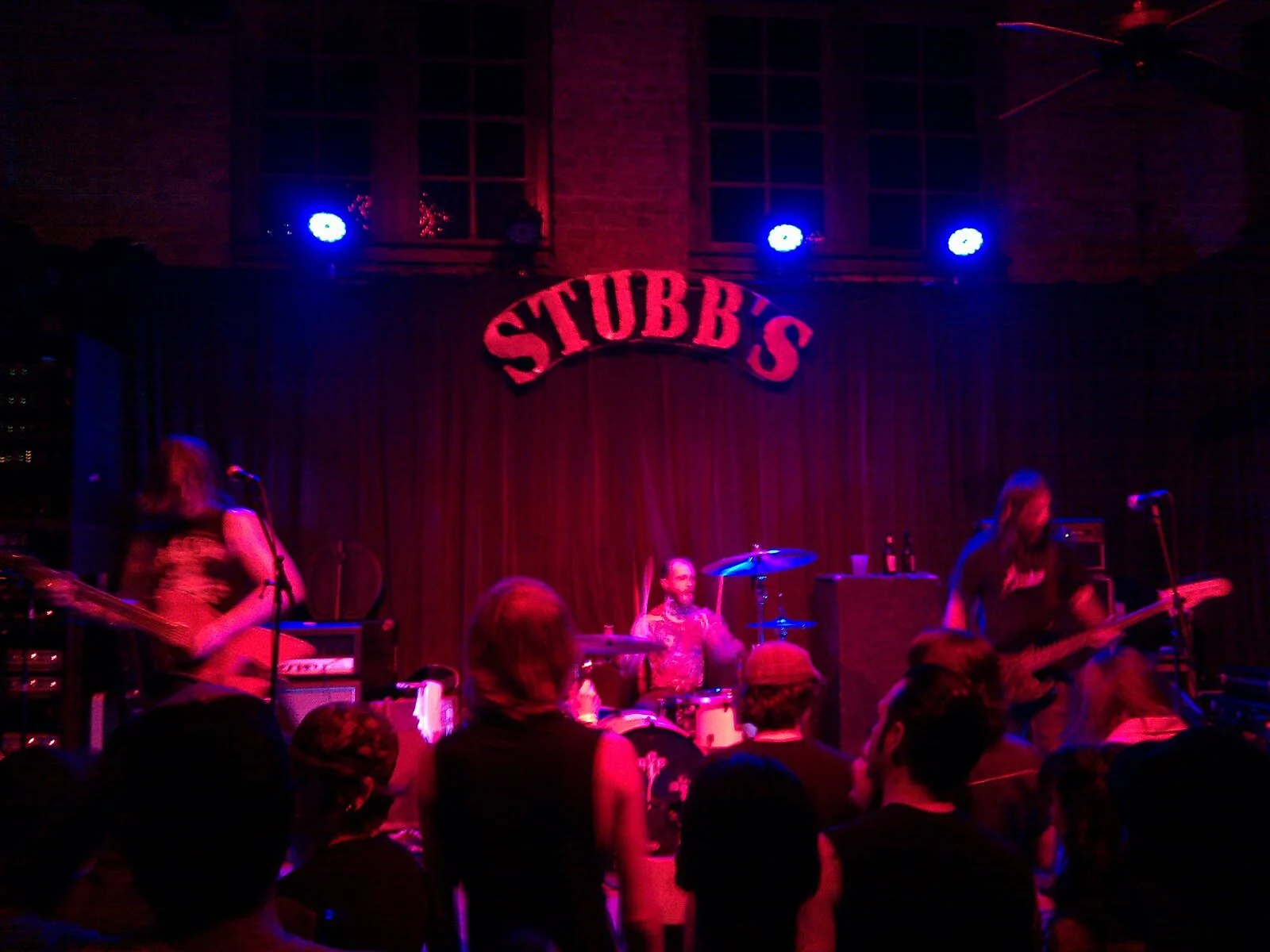The Sound of SXSW: How Allen & Heath Powers Austin’s Most Iconic Festival
What Makes SXSW Unique: From Allen & Heath Mixers to Austin’s Venues
A massive crowd gathered at SXSW with live music on stage under the Austin skyline.
SXSW History: From Local Gathering to Global Festival
South by Southwest (SXSW) started in 1987 as a small showcase for musicians in Austin, Texas. Only about 700 people attended in the first year, but the idea quickly gained momentum. Austin was already known for live music, and SXSW became the perfect stage to connect artists with fans and industry leaders.
Today, SXSW is one of the largest cultural and music festivals in the world, spanning music, film, and interactive tech. For musicians, it’s still the centerpiece: a chance for indie artists to share stages with Grammy winners and for global stars to reconnect with intimate audiences.
The Scale of SXSW and Its Famous Acts
SXSW has grown into a city-wide music takeover, with more than 2,000 official acts performing every year across 100+ venues in downtown Austin. Crowds range from small clubs of 200 people to massive outdoor stages at Lady Bird Lake, where 50,000 fans gather for free shows. With artists from over 60 countries, the festival is as global as it is local.
The scale is impressive, but so is the talent. Many of today’s biggest stars first made their mark here. Billie Eilish performed before dominating international charts. Katy Perry built buzz in her early career. John Mayer and Chance the Rapper also launched careers from SXSW showcases.
SXSW is just as important for indie and electronic music. Flying Lotus turned heads with experimental beats, ODESZA built momentum before hitting Coachella stages, and Toro y Moi and Grimes brought unique sounds that made them festival favorites. The result is a rare blend: a festival where you can see global icons and discover underground talent in the same night.
Allen & Heath at SXSW: Powering World-Class Sound
An Allen & Heath dLive C Class 3000 console set up for a live concert performance.
With thousands of shows happening back-to-back, SXSW needs gear that can handle anything. That’s why Allen & Heath mixers have become the backbone of the festival’s live sound. Across SXSW, engineers rely on three flagship series:
dLive Series – A touring favorite, the dLive offers up to 128 input channels, dual 12” touchscreens, and customizable workflows. At SXSW, it’s prized for its scene recall, which allows engineers to instantly switch settings between acts — essential when changeovers are just 15 minutes.
Avantis – A mid-sized console that punches above its weight. With 96kHz FPGA processing and DEEP plug-ins built directly into the mixer, Avantis delivers studio-quality sound in a compact footprint, perfect for mid-sized SXSW venues like Mohawk and The Parish.
SQ Series – Lightweight, portable, and powerful, the SQ is often deployed in smaller SXSW rooms and at The Launchpad. It supports 48 input channels with pristine 96kHz sound, making it ideal for indie bands and DJs who still demand top-tier clarity.
For artists, this means consistent, professional sound across every stage. For fans, it guarantees a better live music experience — clear, powerful, and true to the performance.
Why SXSW Is Unique
What makes SXSW different from mega-festivals like Coachella or Glastonbury is its city-wide format. Instead of one giant stage, SXSW spreads across Austin’s downtown, turning bars, clubs, and even churches into live performance spaces. This mix creates an atmosphere you won’t find anywhere else. Attendees can grab BBQ at Stubb’s, tacos on South Congress, or late-night Tex-Mex between sets. They might watch a blues legend at Antone’s and then head to the convention center for a cutting-edge VR music showcase. Austin’s homegrown favorites share the bill with artists from Tokyo, Lagos, and Berlin, making the festival both deeply local and undeniably global. SXSW is a collision of music, food, and technology, all stitched together by one thing: sound — and that sound is powered by gear trusted on the world’s biggest stages, including Allen & Heath.
Iconic SXSW Venues and The Launchpad
Iconic music venue Stubb's indoor stage SXSW performance in 2011.
Austin’s venues are just as important as the artists. Stubb’s Bar-B-Q combines smoky food with an outdoor stage that hosts headliners. ACL Live at The Moody Theater delivers world-class acoustics as the home of Austin City Limits. Mohawk offers multi-level energy, while Antone’s carries decades of blues history. The Continental Club has rocked since 1955, and The Parish is a fan favorite for its intimate feel. The Scoot Inn remains Austin’s oldest beer garden, and the Lady Bird Lake Stage pulls the biggest crowds under the Texas sky.
With Allen & Heath SQ mixers driving the sound at The Launchpad, indie DJs and emerging artists can achieve the same professional audio quality as headliners on larger stages. Engineers love the intuitive interface and 96kHz processing that keep sets sounding crisp, even in a tight, high-energy space. For fans, it means that no matter how small the room, the sound hits with festival-grade precision — proof that great gear elevates discovery as much as it powers the main stages.
Conclusion: Why You Should Take a Closer Look at SXSW
SXSW is more than a festival — it’s an ecosystem of music, culture, and innovation. From iconic venues like Stubb’s and ACL Live to hidden gems like The Launchpad, Austin transforms into a giant stage powered by cutting-edge live sound gear.
For artists, it’s a career-defining moment. For fans, it’s a chance to discover new music while enjoying one of the best live sound experiences in the world. And for audio professionals, it’s proof that Allen & Heath mixers remain the gold standard in reliability, speed, and quality.
👉 If you’re in Austin during SXSW, don’t just stick to the headliners. Step into venues like The Launchpad — where the future of music is already happening.




